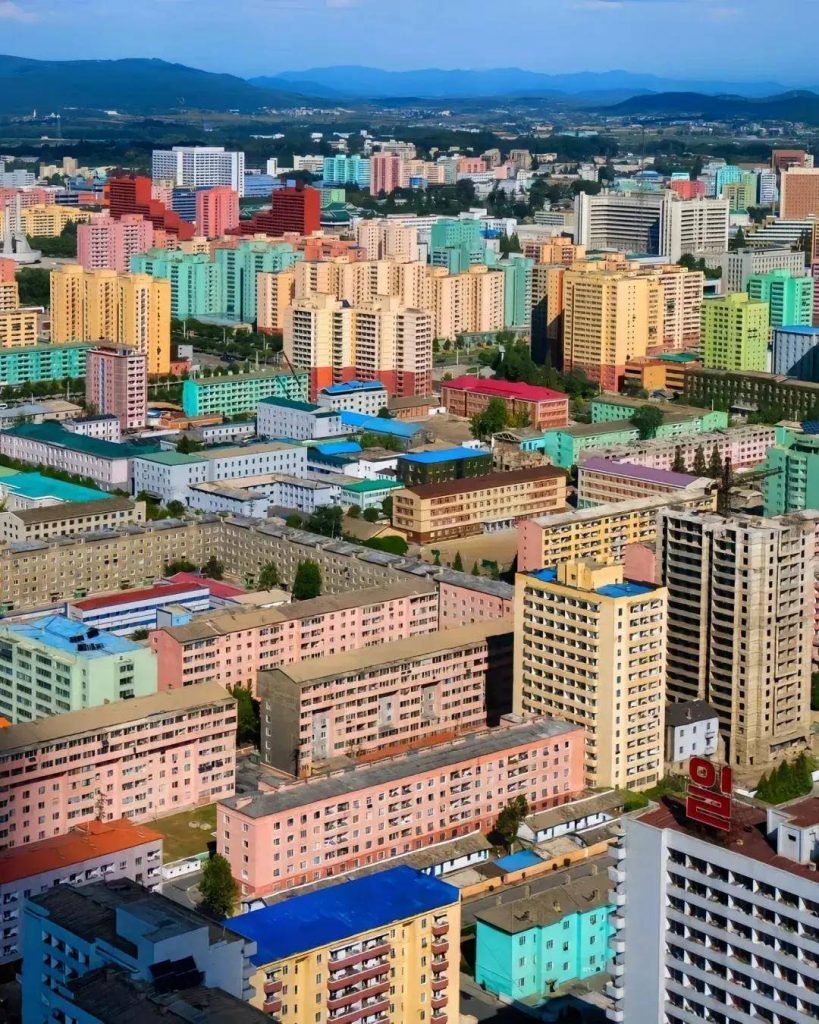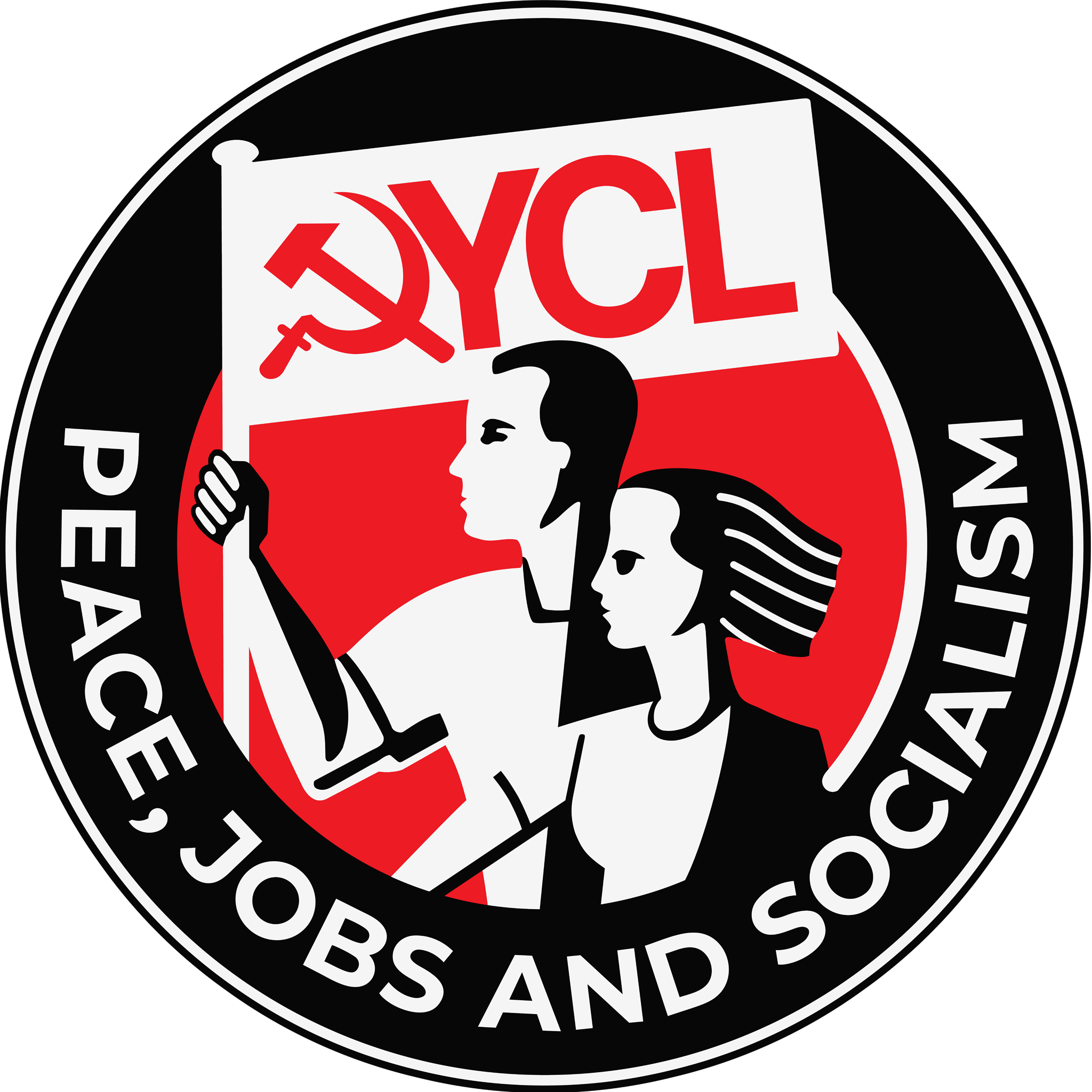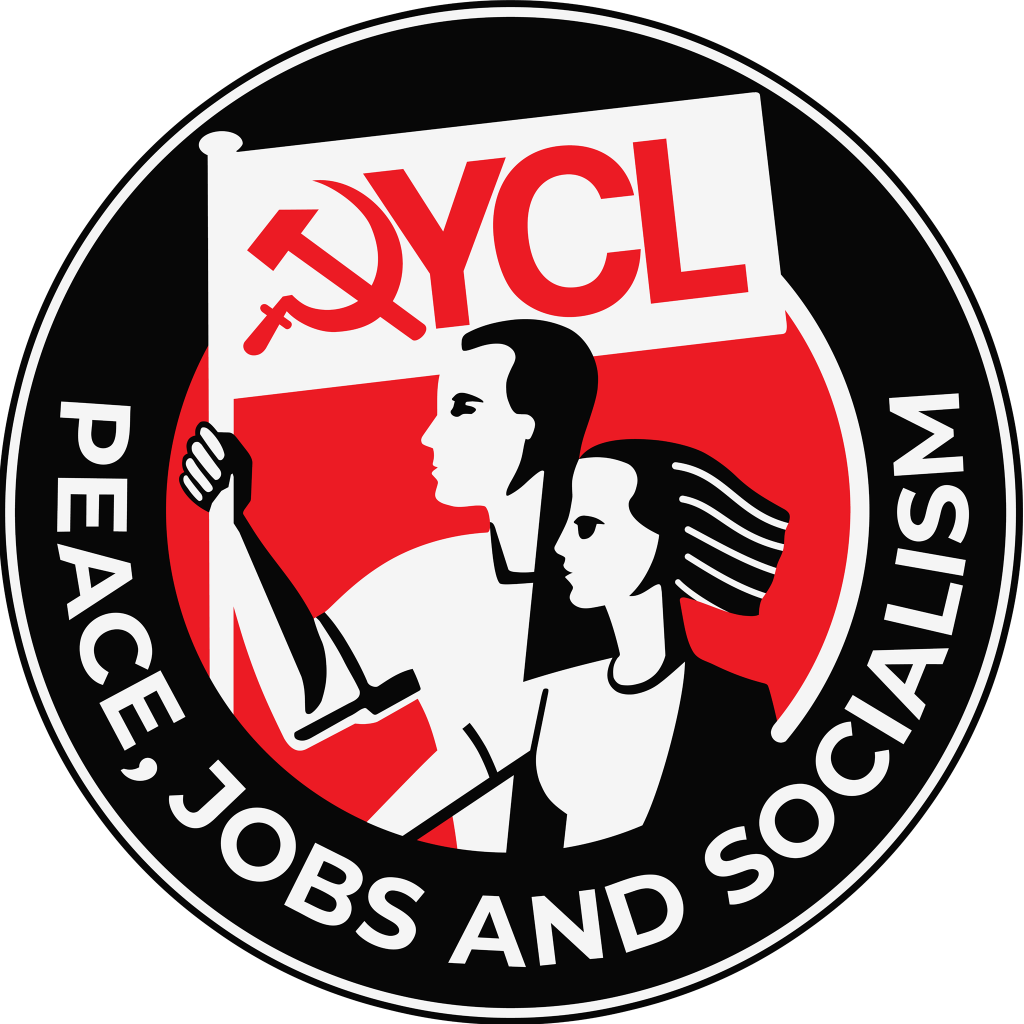Revolutions are built on the material conditions of previous societies. In the context of the Democratic People’s Republic of Korea (DPRK, commonly known as north Korea) the country was born out of the struggle against US and Japanese imperialism.
Due to the DPRK’s specific relationship to imperialism since its inception, it has had to maintain an internal democracy alongside an external dictatorship against its enemies and foreign imperialists. This battle against imperialism goes back a long way. On August 22nd 1910, the Japanese imperialists annexed Korea against the will of the Korean people. They had already taken control of Korea in 1905 with the Ulsa Treaty, but this operation made the occupation permanent. The Japanese military staged an intimidating show of force in Hansong and surrounded the city with a huge number of troops and warships, leading to a situation of martial law.
The treaty gave away all political power and authority over Korea and stated that control over Korea would be forever passed down the line of the Emperor of Japan. The Japanese ruling class knew the Korean people would strongly oppose this annexation, so at first, they tried to keep the treaty secret. It was only announced on the 29th of August as an “imperial decree” from the Japanese emperor, destroying the last remnants of Korean sovereignty.
In March 1917, the anti-imperialist Korean National Association (KNA) was formed in Pyongyang by Kim Il Sung’s father, Kim Hyong-Jik. Through underground organising, it rallied broad sections of the Korean masses to struggle against the Japanese. Its aim was achieving independence for Korea and modernising the nation; it drew members from the proletariat, peasantry, and the intelligentsia; and its organisations spread nationwide and even reached cities in China. The KNA provided education, raised funds, and trained forces for armed struggle. Inspired by the example of the 1917 October Revolution, it was at the 1919 Kuandian Meeting in China that Kim Hyong-Jik put forward the strategic task of building a proletarian movement with Marxist-Leninist ideas: the workers and peasants would be the main force to conduct armed activities to liberate Korea from imperialist occupation.
Anti-Japanese sentiment amongst the Korean people remained strong. Independence fighters planned a nationwide protest on the 10th of June, 1926, secretly organising preparations but becoming infiltrated by imperialist spies that reported them to the Japanese. The Japanese went on to make a huge show of force in the capital city, with troops and warships surrounding Kyongsong and arresting independence activists.
It was out of the struggle against Japanese imperialism that revolutionary leaders like Kim Il Sung emerged. Kim Il Sung joined the Korean Communist Youth Association at 17, but due to Japanese repression, as well as factional disputes, the Communist Party of Korea struggled to establish itself and Kim ended up going into exile in Manchuria where he joined the Communist Party of China instead.
The leadership which Kim demonstrated both in Manchuria and Korea solidified his position as leader of the Korean communist resistance against the Japanese, also serving as a Major in the Soviet Red Army in World War II. Stalin’s Soviet Union fought alongside Kim Il Sung in the Pacific War to liberate Korea from Japanese occupation in 1945, marching down from the north of the peninsula.
Emerging as the strongest imperialist power after the war, the United States conspired to use Korea as a platform for dominating the whole of Asia, but did not want to spill any of its own blood in the process and knew they were too weak to outrace the Soviets. This led to a unilateral decision by the United States to divide Korea along the “38th parallel”, an arbitrary line across the middle of the country based on previously agreed zones of military operations against Japan which also strategically secured Seoul for the US. Internationally, the line was only ever agreed as a temporary measure before the withdrawal of all Soviet and American troops and pan-Korean elections in 1948 according to the will of the Korean people, but the US conspired to make it a permanent division and to retain military control of the south, which it still holds to this day.
After Japanese surrender, Koreans mobilised to establish soviet-style “people’s committees” in both the north and south of the country in preparation for self-rule, and a provisional unity government of communists and progressive bourgeois nationalists declared the People’s Republic of Korea (PRK) on September 6, 1945. Just two months later, the US invaded and the PRK was denounced as illegitimate south of the 38th parallel.
Despite ongoing provocations, the Soviets withdrew from the country as agreed in 1948, while the US broke its agreement to leave and manipulated elections in the south. Refusing to recognise US-backed elections that only took place in half of the country, the Korean people engaged in a mass boycott, but the US-dominated United Nations accepted the result and recognised the newly found “Republic of Korea” (ROK) as an independent state. In the north, the three major parties had already united to form the Workers’ Party of Korea (WPK) and elections for local representation had already been held. After the ROK was founded without consultation or consent, the Korean people in the north were forced to establish the DPRK in response, emerging out of the old PRK structures.
Mass uprisings against the ROK and the US in the south of the country, most notably the general strike which led to the Autumn Uprising, the Jeju Uprising, and the Yeosu-Suncheon Rebellion, were forcibly repressed, killing between 100,000–200,000 people. The DPRK intervened to attempt to liberate the south in 1950, and the US responded with a genocidal campaign, dropping 428,000 bombs on Pyongyang alone and levelling all buildings above two stories tall. Although the south of the country remains occupied by the United States with 62 US military bases (the highest number in the world), the US utterly failed in its attempts to topple the socialist government in the north, and Korean “Juche” socialism continues to this day.
The Juche ideology can be understood as Marxism-Leninism applied to the material conditions of north Korea. Juche stresses the importance of military, economic, and political self-reliance, respect for the self-determination of other nations, cooperation between socialist states, as well as a strong leadership, considering all of these to be necessary for the construction of socialism in the Korean context. To Westerners, the particularities of how the Korean people interact with their leader may seem peculiar at first. However, this comes from a genuine sense of love and appreciation for the Kims’ revolutionary leadership, not only during the liberation struggles against Japanese and American imperialism and for helping to establish Korean sovereignty after over 150 years of colonialism, but for rebuilding the north of the country from the ashes of the war into a thriving socialist nation.
This started with the collectivisation of agriculture. Kim Il Sung announced the socialist transformation of agriculture in August 1953 through the establishment of agricultural cooperatives. The agricultural cooperatives were a success and their per grain output was 10 to 50 percent higher than private farming. By 1956, around 80% of rural households had joined the cooperatives and in 1958, the process was announced to be complete.
Alongside the revolution in agriculture, a revolution in industry occurred. The state had already taken over the property of imperialist and comprador capitalists during the war. Outside of this, most industry that was left was handicraft and owned by the petty bourgeoisie. These forces assimilated into the revolution, and by 1958, Kim Il Sung announced the socialisation of the means of production complete.
After revolutionising the relations of production, a socialist economic management system was implemented. This took the form of state planning and five-year plans to develop Korea’s economy and military. Despite its attention to self-reliance, the DPRK has always demonstrated itself to be a strong supporter of international socialist friendship, supporting the Black Panther Party in the US, the ANC in South Africa, and consistently helping to train and arm freedom fighters in Palestine.
With the collapse of the Soviet Union and ruthless economic sanctions from the US, self-reliance became not only a value, but a fundamental means of survival, with the economy contracting by about 25% and shortages in many resources. Despite these challenges, the Korean socialist system survived and the economy continues to grow without implementing the sweeping economic changes which occurred in countries like China, Vietnam, and to a lesser extent, Cuba.
Today, the DPRK is led by Kim Jong Un. Contrary to popular belief, Kim Jong Un was not appointed leader following the death of his father. Instead, he was elected to the Central Committee of the Workers’ Party of Korea through the socialist democratic system, just like his father and his father before him. The same accusations about “dictator dynasties” were also levelled against Cuba after the election of Fidel Castro’s brother, Raúl, but the Cuban revolution now continues under Miguel Díaz-Canel based on the current needs of the country and the will of its people.
Today, the citizens of the DPRK enjoy many benefits of the revolution, including free education, healthcare, and housing, a 100% literacy rate for all citizens aged 15 and over, the eradication of prostitution and pornography, and the end of homelessness and unemployment. This would not have been possible without socialist international solidarity, but above all, without the heroic spirit of the Korean people who continue to inspire communists and anti-imperialists throughout the world.
Further Reading:
North Korea: The Struggle Against American Power, T. Beal
Korea’s Place in the Sun: A Modern History, B. Cumings
Patriots, Traitors and Empires: The Story of Korea’s Struggle for Freedom, S. Gowans
The Selected Works of Kim Il Sung, Kim Il Sung
The U.S. Imperialists Started the Korean War, Ho Jong Ho, Kang Sok Hui, and Pak Thae Ho
Socialist Education in Korea, Park, Riley Seungyoon and York, Cambria ed.
The Hidden History of the Korean War: 1950 – 1951, I. F. Stone
Discussion Questions:
- What is the strangest story you’ve heard about north Korea? Did you believe it? Why/why not?
- While north Korea is presented as an “authoritarian dictatorship,” south Korea is presented as a thriving, independent, liberal democracy. Why is this not true?
- How do we combat anti-communist propaganda against existing socialist countries?
- Why is the DPRK defensive against imperialist countries?
- Why would a small country like north Korea with its own struggles support resistance movements in other countries? How does this also help the Korean revolution?



